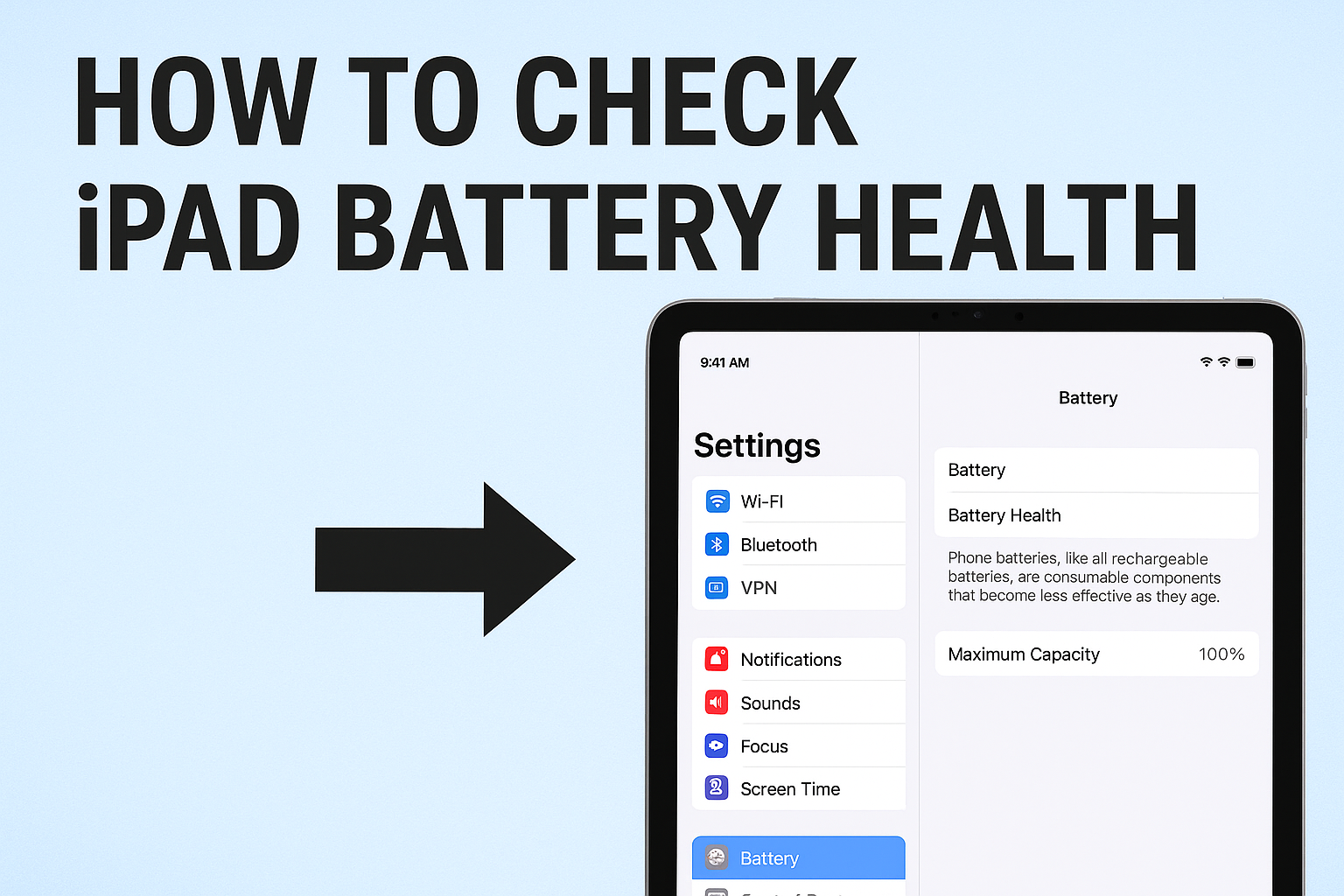
Introduction: The Anthem That Challenged Conformity
In the early 1970s, rock melody was a battlefield for artistic appearance and societal standards. Among this background, Alice Cooper arose as a provocateur, stimulating agreements with dramaturgical presentations and overconfident lyrics. His 1973 single, “No More Mr. Nice Guy,” became a assembling cry for those disappointed with societal opportunities. But what led to the creation of this insubordinate anthem, and how did it shape the flight of rock music?
Origins: A Personal Rebellion
“No More Mr. Nice Guy” was born out of personal confusion. Alice Cooper, known backstage as Vincent Fernier, faced repercussion from his mother’s clerical group due to his provocative stage persona. Slightly than disappearing, Cooper channeled the disapproval into a song that ridiculed the disgrace and contained his provocative image. Co-written with guitarist Michael Bruce, the pathway served as a announcement of freedom from societal decision. Rock
Chart Performance: Climbing the Ranks
Upon its release, “No More Mr. Nice Guy” vibrated with a wide spectators, uphill to No. 25 on the US Commercial Hot 100 and attainment No. 10 on the UK Singles Chart. The achievement of the single drove its parent album, Billion Dollar Babies, to No. 1 situations in both the US and UK, coagulating Alice Cooper’s status as a main force in rock tune.
Cultural Impact: Beyond the Charts
The encouragement of “No More Mr. Nice Guy” prolonged beyond its chart routine. The song has been included in various films and TV shows, including Dazed and Confused, The Simpsons, and Family Guy, familiarizing it to new compeers of addressees. Its enclosure in the video game Guitar Hero: Warriors of Rock further flagged its place in pop culture.
Cover Versions: A Testament to Its Legacy
The continuing appeal of “No More Mr. Nice Guy” is apparent in the frequent artists who have covered the song. In 1989, spank metal band Megadeth chronicled a version for the dismay film Shocker, introducing the track to a heavier audience. Other prominent covers contain routines by Pat Boone and a partnership presenting Roger Falseness and Slash. These interpretations showcase the song’s flexibility and its ability to vibrate across different musical genres and eras.
Live Performances: A Staple in Concerts
“No More Mr. Nice Guy” has developed a staple in Alice Cooper’s live recitals, played over 2,700 times since its introduction in 1973. Its consistent company in concerts emphasizes its significance in Cooper’s collection and its enduring acceptance among fans.
Conclusion: The Enduring Power of Rebellion
Periods after its release, “No More Mr. Nice Guy” remainders a defining track in Alice Cooper’s discography. Its message of self-assertion lingers to inspire artists and fans alike. In a world that often demands traditionalism, the song serves as a prompt of the power of legitimacy and the durable spirit of rock ‘n’ roll.






